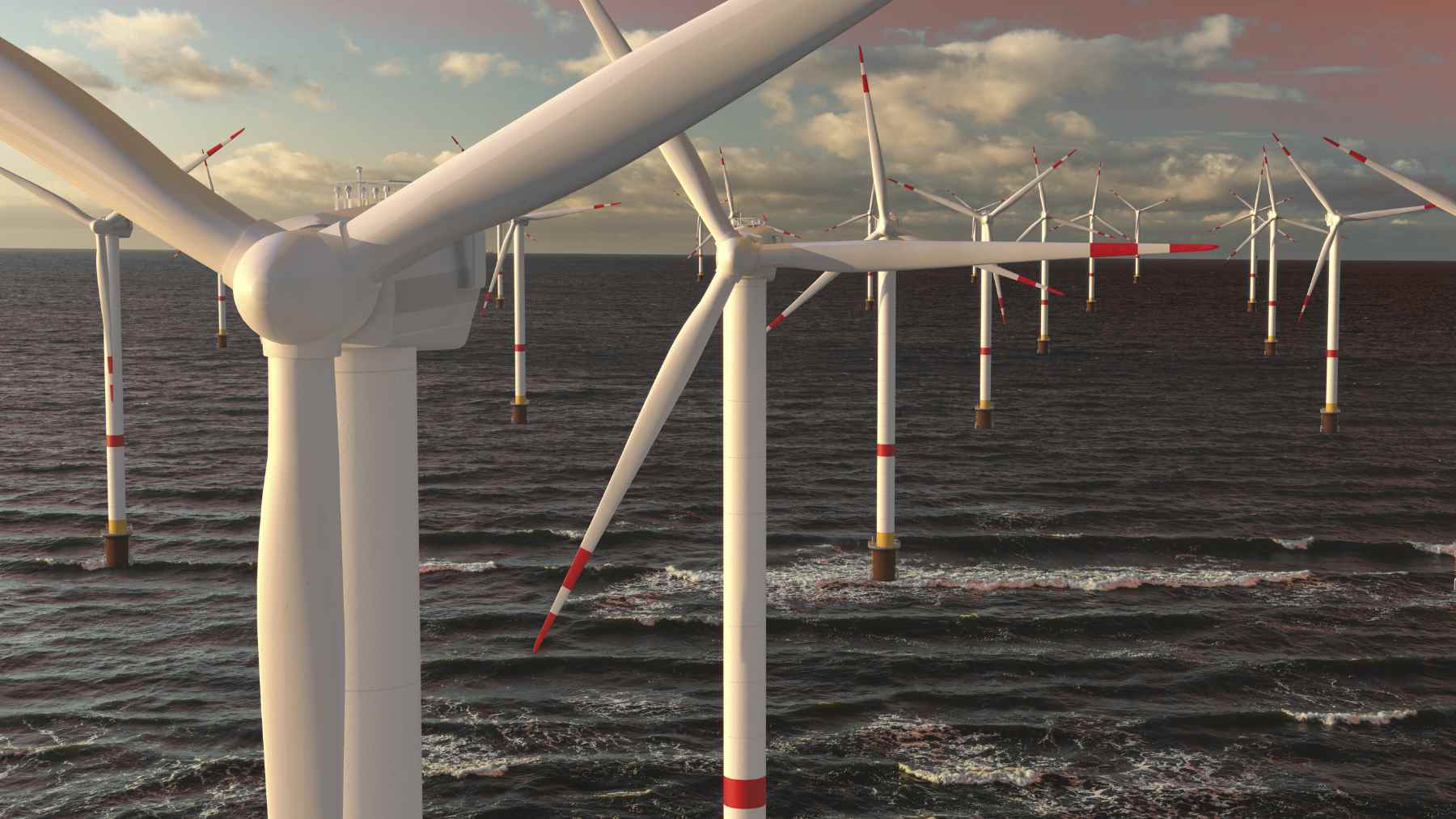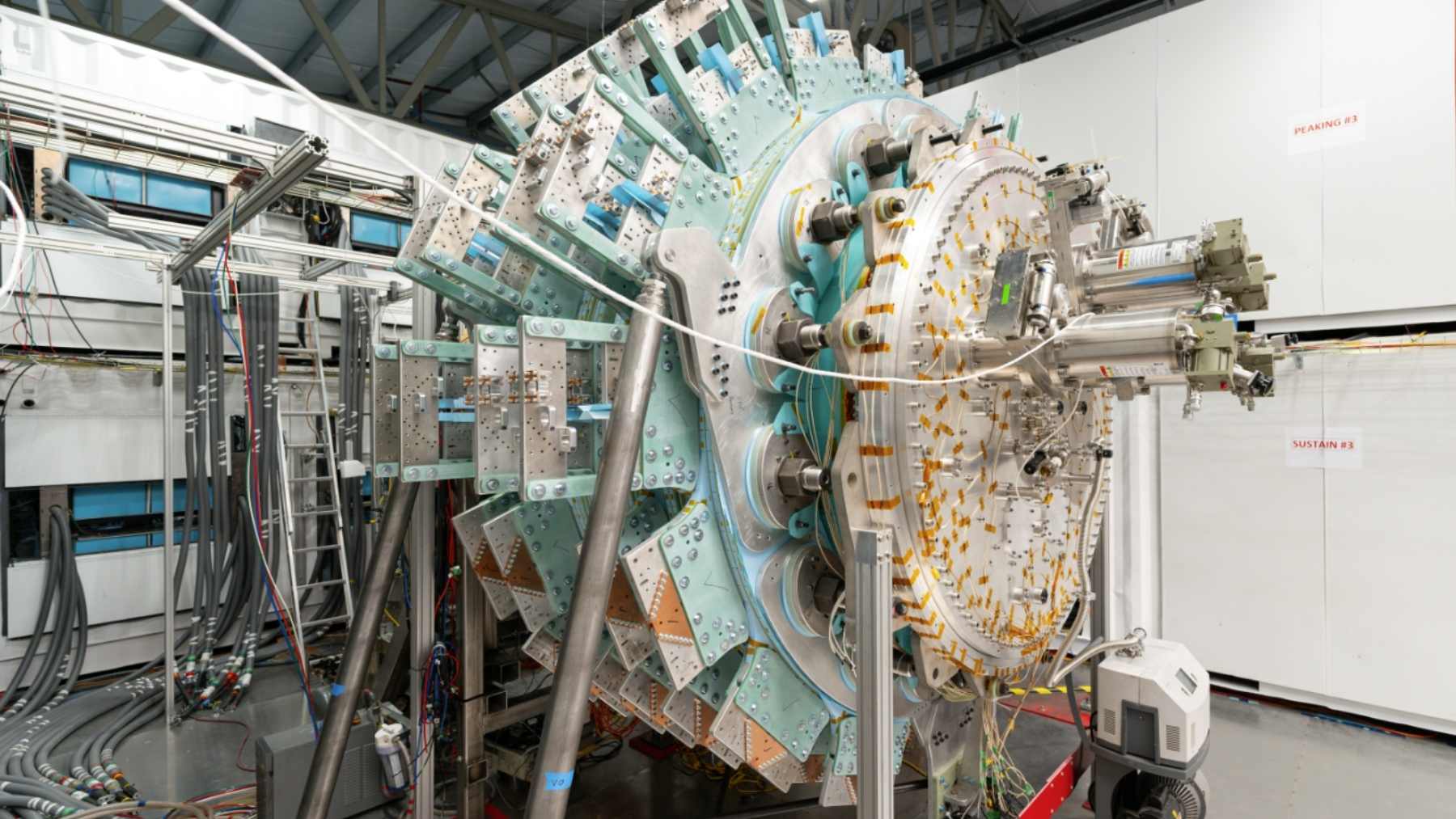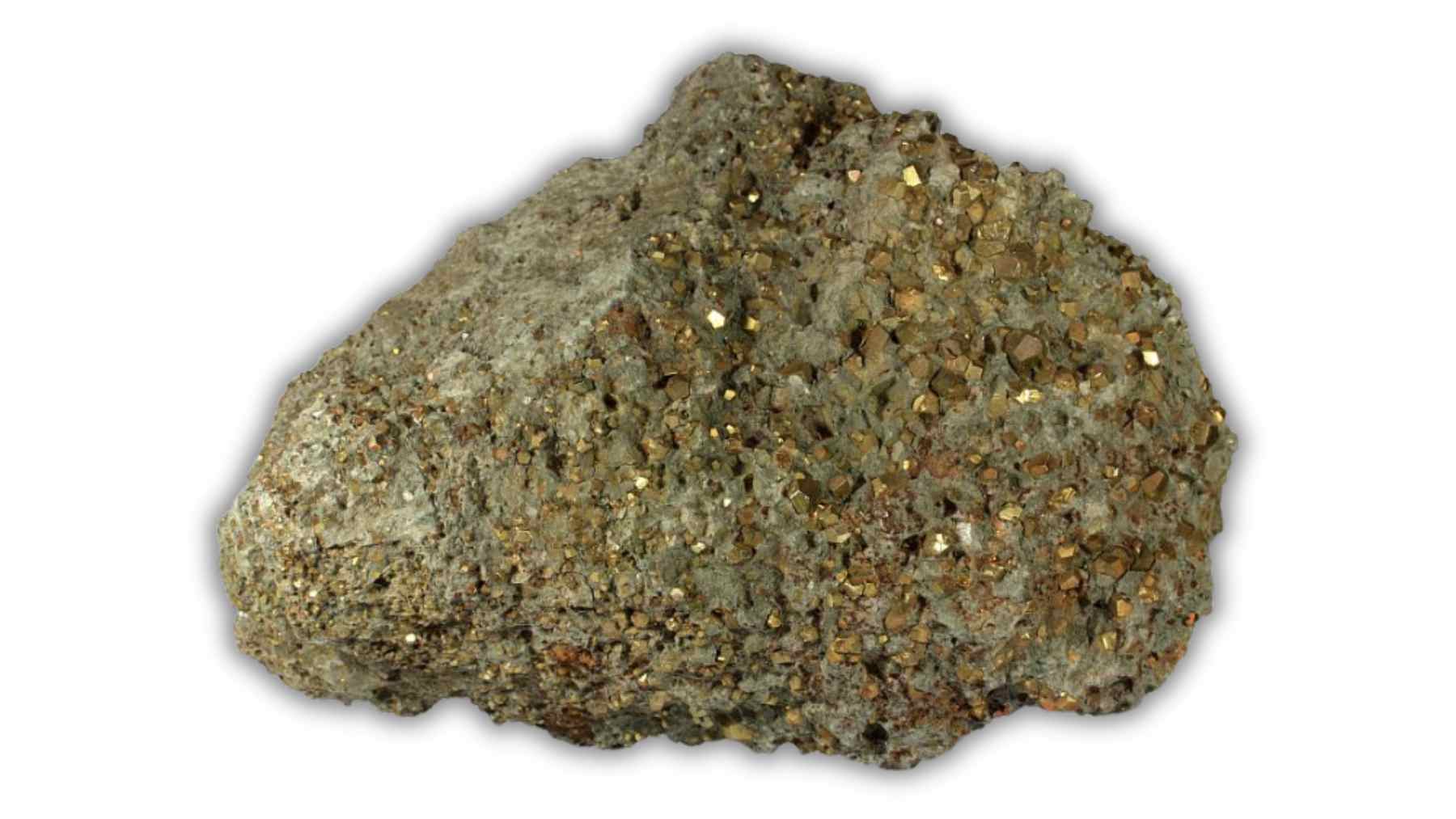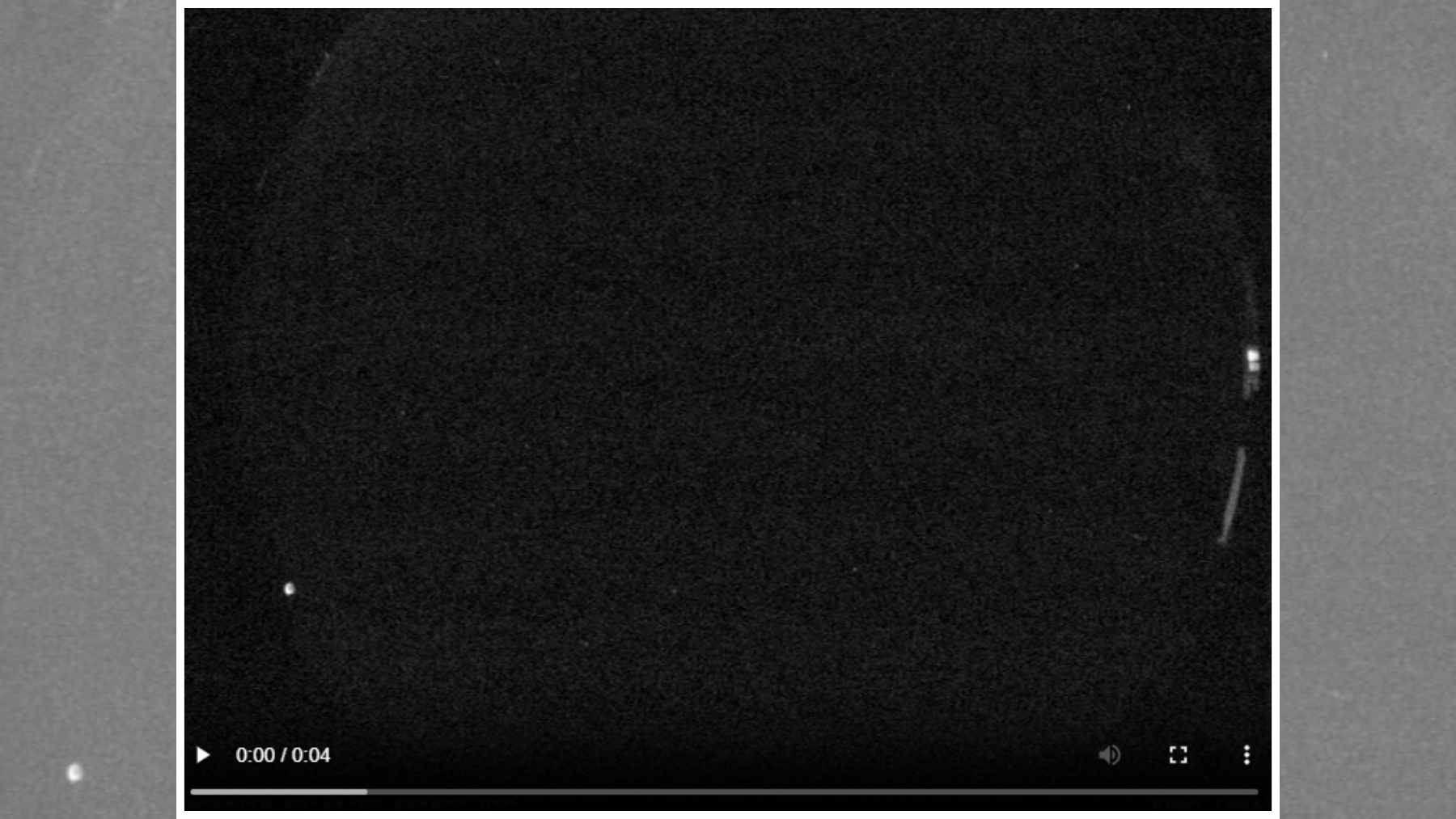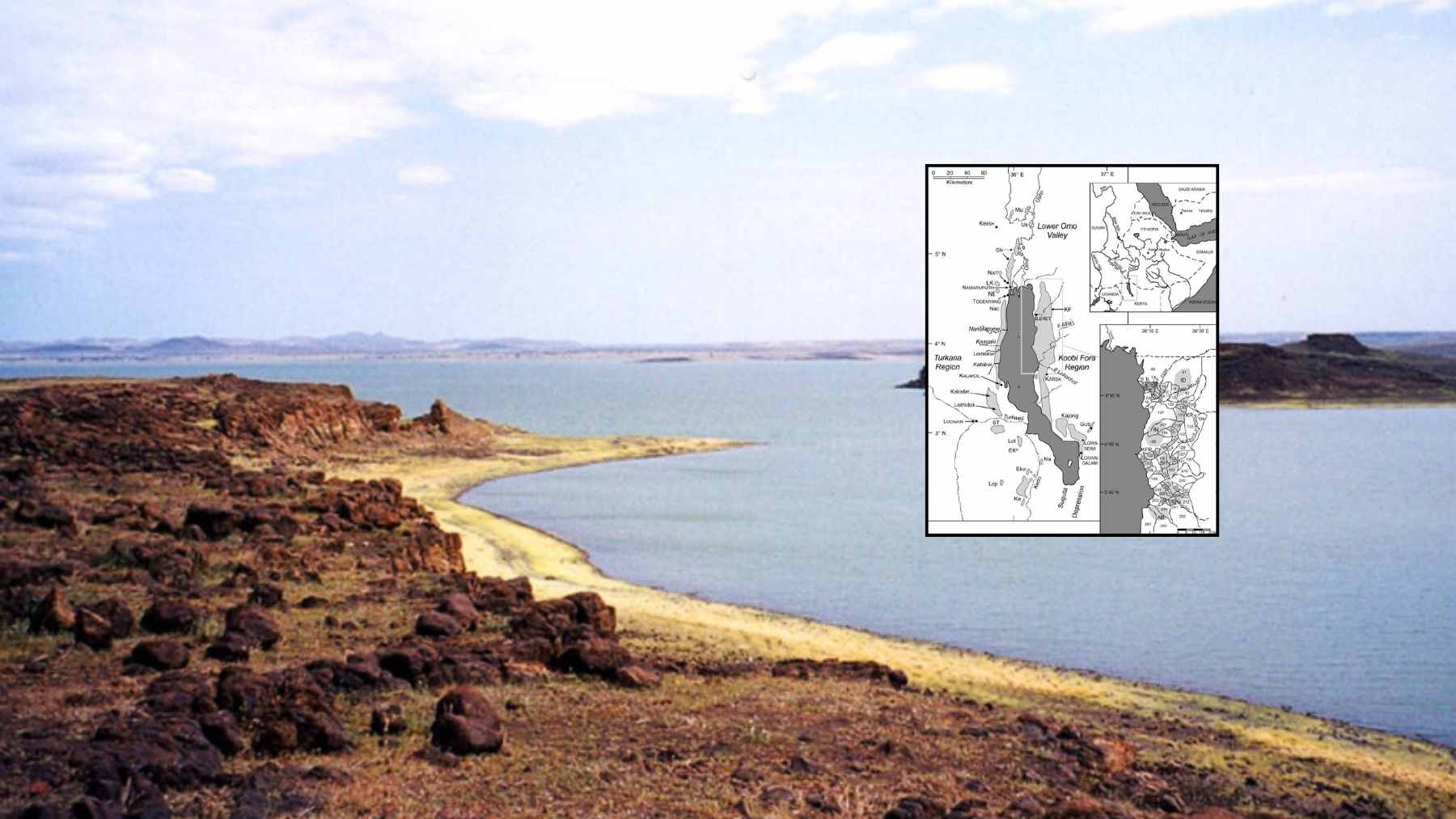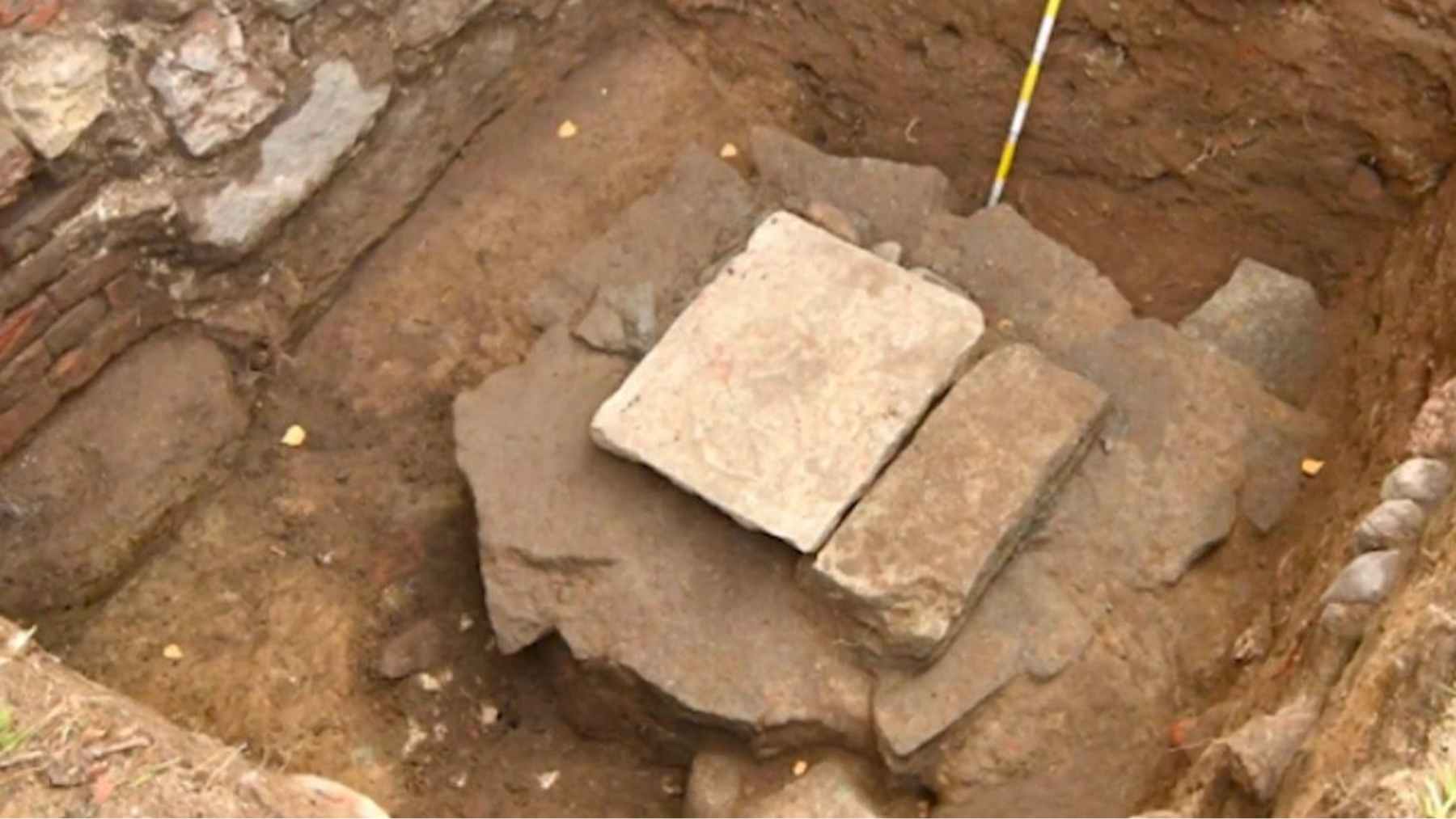The largest man-made excavation site in history is situated just outside Salt Lake, Utah, and can be found at the Bingham Canyon Mine, also known as the Rio Tinto Kennecott Copper Mine. Said to be more than 0,6 miles deep and 2,5 miles wide, it may very well be one of the deepest pits on Earth. However, its magnitude is not the only reason why this is an interesting man-made excavation site. It is the potential within this site that could spell the end of China’s mineral dominance.
Exploring a large excavation site that was human-made
Boasting over 120 years of mining endeavors, the Bingam Canyon Mine is known for its role in producing more copper than any other mine in history. Thus far, the amount of copper produced by this mine is about 20 million tons. Under the operational guidance of Rio Tinto, this site features a smelter, refinery, a concentrator, as well as a storage room that makes it quite an advanced mining site.
Annually, around 400,000 tons of refined copper are produced from this site alone, making the site one that can satisfy the international demand for copper. If copper production is something to be awestruck by, the size of the pit is surely something that will cause jaws to drop. Daily, large trucks move many rocks, with some of these rocks weighing too much.
Why this site all the more interesting is that Kennecott is ensuring low-carbon copper production and enabling responsible mining practices. Having the Molybdenum Mark and the Copper Mark certifications, the site is one where sustainable and ethical mining practices are ensured.
400,000 tons per year ending China’s resource dominance
Since the Kennecott Mine is looking to produce about 400,000 tons of refined copper yearly, the current strategic dominance of resources by China comes into question. While China has long controlled the rare-earth and global mineral supply, the time has come for the control of the copper supply to fall into the hands of the U.S. Thus far, China’s global copper supply was around 40% ensuring that Beijing was always central in the clean energy game.
Now that the U.S. has become far more intrigued with sites such as Kennecott, the idea is that China is losing out on some of its dominance. An independent and secure supply chain is now in the hands of the U.S. With an investment from Rio Tinto as well as the $1,5 billion South Wall pushback, mining operations will continue until at least 2040, allowing for a further 1,5 million tons of copper to become available. Along with copper, tellurium needed for solar panel manufacturing is also being extracted from this site.
China is no longer in the driver’s seat of the rare mineral sector
Even tellurium is being mined for in the U.S., which was a mineral that the U.S. often acquired from China. It may not be the end of China’s dominance, and we cannot exaggerate and say it is; however, global power dynamics are surely shifting.
The U.S. is looking at initiatives, like Kennecott, to show that the country can extract minerals at scale and can pursue environmental missions. Where Kennecott is exceeding all expectations in pursuing sustainable revolution, even CopperString 2032 has placed the continent of Oceania, with particular emphasis on Queensland, at the forefront of regional decarbonization missions, and perhaps China is now facing global dominance challenges from all sides.
A mine symbolizing independence and sustainability
The Bingham Canyon Mine, which allows for 400,000 tons of copper to be extracted annually, is ensuring the U.S. embraces the clean energy agenda while posing a challenge to China’s long-lasting dominance of providing minerals globally.
While rare earths and metals are needed for the next century, a large human-made excavation site is ensuring that China is no longer in the front seat in terms of providing critical minerals and metals to us. China, however, is still stepping forward in its energy leadership role with 1,800 tons per year of energy to power the Earth.
Disclaimer: Our coverage of events affecting companies is purely informative and descriptive. Under no circumstances does it seek to promote an opinion or create a trend, nor can it be taken as investment advice or a recommendation of any kind.

